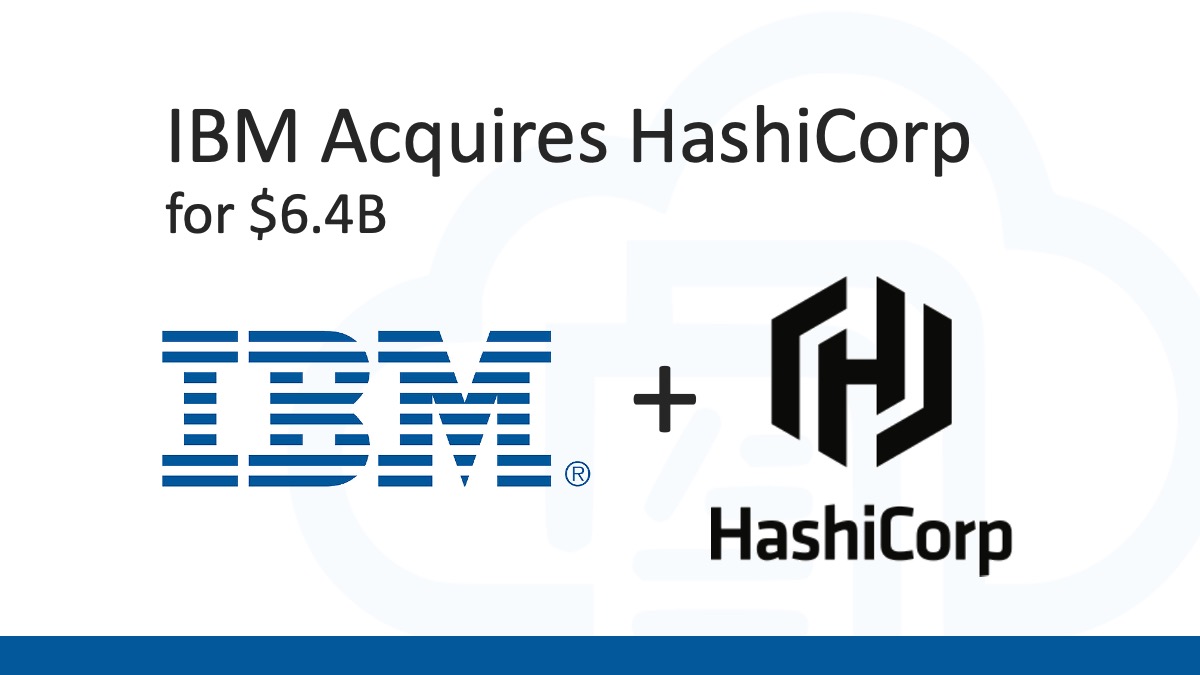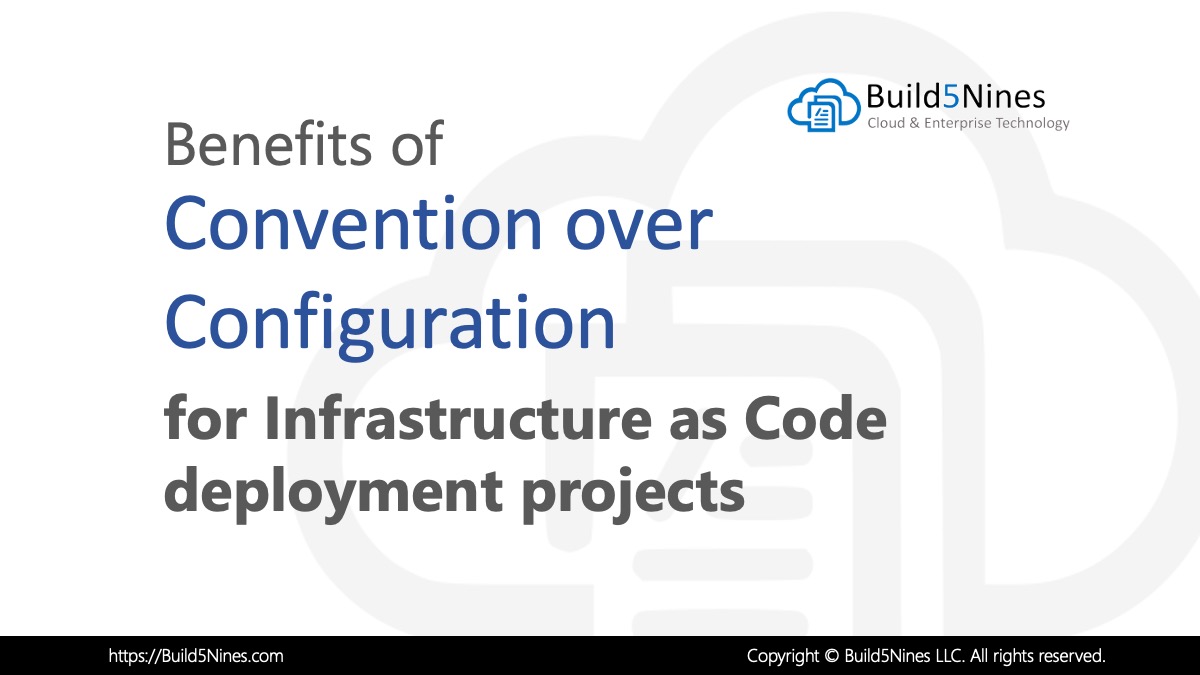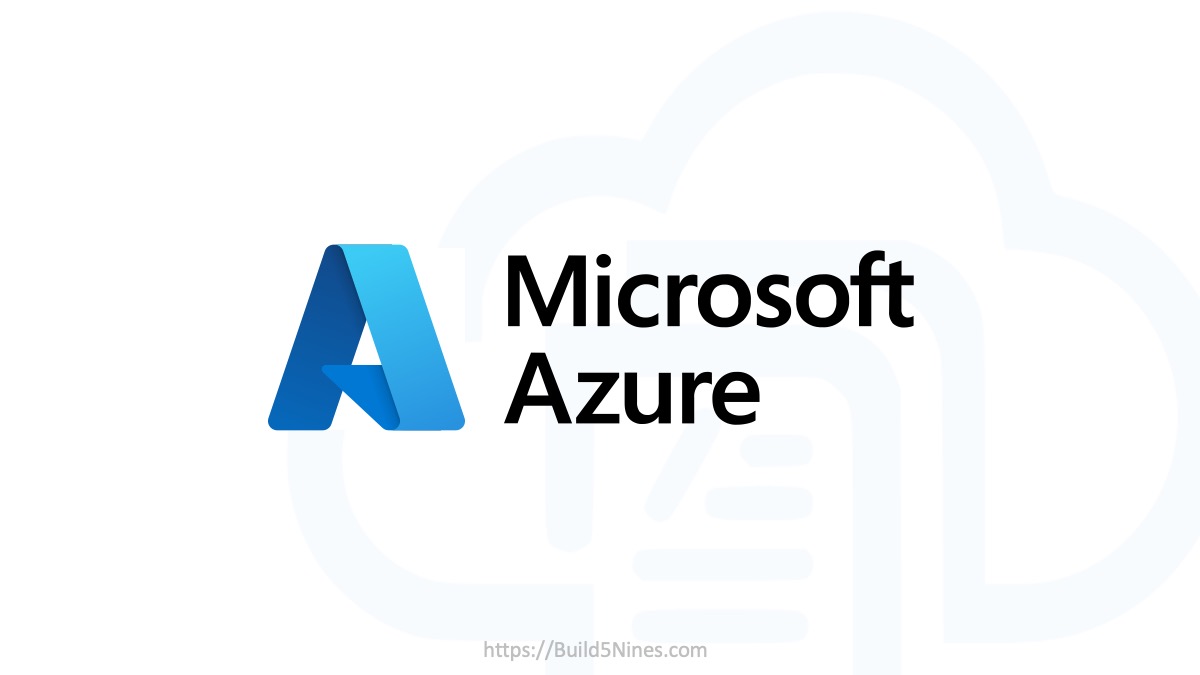I have been working in technology since 1995. My first real job was working for Citibank Mortgage as a Novell Netware administrator. As a new member of the team, I was given the job no one wanted: Continuity of Business (COB) Lead. This meant that I was responsible for what today we call the Business Continuity and Disaster Recovery (BCDR) plans for the company. Given the fact that I was 22 years old at the time, you can see how seriously my leadership took this job. Being a fresh administrator, I took my role seriously and dove in. I studied our plans, contracts, backups, offsite locations and even built new drills and made them update COB documents (my peers hated me for this).
When I worked for Microsoft Premier Support I helped my customers deal with many outages as a Technical Account Manager. These included the original large-scale email virus outbreak the I love you virus. And, later I worked as a Critical Situation Manager during Blaster and other worms. I also was “loaned”, for a year to the Windows Product Group to work with clients to get Windows XP SP2 deployed.

Ever since then, I have always been a champion for this type of planning, and it has spilled over into my personal life. I always plan. I live in a hurricane-prone part of the country and I have all my supplies, flashlights, batteries, and almost anything you can think of that I might need.
Another passion of mine is boating and fishing. My wife and I live on Tampa Bay and we spent a lot of time on the water. I have a great boat with all the safety supplies you can buy. I have multiple VHF radios, Epirb locator beacons, tons of life vests, emergency blankets, flares, and a ditch bag including a life raft. And, we have trained to use them. I’m a member of the Coast Guard Auxiliary and that has played a role in me learning how to be safe and be prepared for this situation.
They all came into play a week in January, when we were involved in a horrific boating accident on Tampa Bay.
Firstly, we were all wearing our life vests. This is something that is basic, but many boaters fail to do. When the accident happened, all parties were injured badly, but we survived because we had a plan and executed it exactly.
After the collision, everyone was injured, and some people were in the water. My wife and I jumped into action and executed our plan. She immediately found our ditch bag and notified the Coast Guard of our location. Next, I jumped in the water a saved a man that was face down and unconscious.
We moved the boats together and another boat arrived that saw the accident. They pulled me and the man out of the water where I got him breathing again. I then directed them to use their VHF radio to call a MAYDAY on the radio and confirm the EPIRB beacon location. We then called a PANPAN on the radio to notify other vessels of the accident location in the Tampa Bay Channel. Within 20 minutes the Coast Guard was on location and look over the scene. We used flares to direct them to our location once we could hear their sirens.
All of us on both saved lives and had to be saved.
I was injured and it has taken almost two months to recover. Honestly, I’m still struggling some, but I’m alive because we planned. We were ready, and when presented with a horrible situation we knew what to do and how to use our equipment to save ourselves and others.
OHV Cloud Disaster
There is a major issue that has happened at global hosting company OVHcloud. Overnight on March 10, 2021, a fire destroyed OVHCloud’s SBG2 data center in Strasbourg. The site is completely down with all servers, network and data either destroyed or offline including multiple datacenters.
In a tweet from their founder, Octave Klaba said “We recommend to activate your Disaster Recovery Plan”.
BCDR is your responsibility
It is amazing how many customers believe that using a cloud provider means they no longer have to have a plan! You need to plan for and be ready to deal with disaster. It should be a part of everything you do for your business, personal life and customers.
So, what I am asking of you is to evaluate your plans. Can your business survive an unexpected tragedy as we did on the water? Are you ready? Ask yourself “what if” types of questions. There are many resources for this type of planning on the web.
Here a few resources for you to get started with Azure BCDR:
Backup and Disaster Recovery | Microsoft Azure
Backup and disaster recover for Azure applications – Azure Architecture Center | Microsoft Docs
Ensure business continuity & disaster recovery using Azure Paired Regions | Microsoft Docs
Regions and Availability Zones in Azure | Microsoft Docs
About Azure Site Recovery – Azure Site Recovery | Microsoft Docs
Thanks,
@deltadan



 Terraform: Modules using Git Branch as Source
Terraform: Modules using Git Branch as Source
 Analyzing IBM’s Acquisition of HashiCorp: A Game-Changer in Hybrid Cloud Management
Analyzing IBM’s Acquisition of HashiCorp: A Game-Changer in Hybrid Cloud Management
 Benefits of Convention over Configuration for IaC Deployment Projects
Benefits of Convention over Configuration for IaC Deployment Projects
 Azure CDN POP Locations: Interactive Map of Azure CDN Points of Presence
Azure CDN POP Locations: Interactive Map of Azure CDN Points of Presence
 Azure Functions: Extend Execution Timeout Past 5 Minutes
Azure Functions: Extend Execution Timeout Past 5 Minutes
